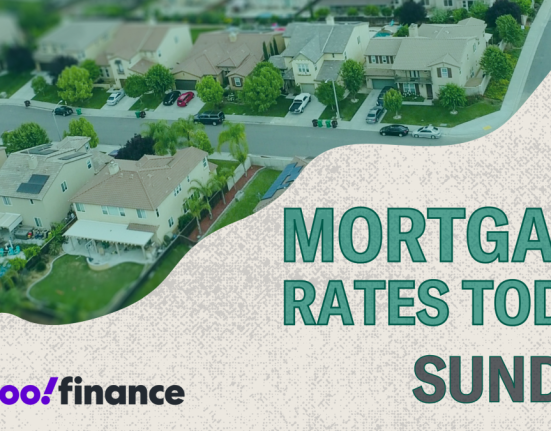Rising investment income, high household wealth and strong employment rates are keeping Americans spending.
It’s a phenomenon chronicled Wednesday (June 5) in a report by The Wall Street Journal (WSJ), which notes that the changing economy is placing “unprecedented” amounts of money into consumers’ wallets, driving asset values to records and helping high earners avoid inflation.
The WSJ, citing Commerce Department data, says Americans earned $3.7 trillion from interest and dividends at a seasonally adjusted annual rate during the first quarter, a roughly $770 billion increase from four years ago.
And in the closing quarter of last year, wealth from stocks, real estate and assets such as pensions hit the highest level ever recorded by the Federal Reserve.
There’s a possible downside to these unheard-of gains, in that consumers’ ability to spend more “is going to make it harder for the Federal Reserve to reach their inflation target,” James Marple, a senior economist at TD Bank, told the WSJ.
Government data, the report says, indicate wage and wealth growth in recent years spanned all of America’s income brackets. But in sheer dollar terms, white people, wealthy people, baby boomers and college graduates have enjoyed disproportionate wealth gains via their ownership of assets like stocks or homes.
One of the ways consumers are spending is on travel, PYMNTS wrote earlier this week, with many planning to shell out more to get away this summer than they did in 2023.
Per PYMNTS Intelligence data, 48% of consumers have already made their summer travel plans, while more than one-third say they anticipate spending more on excursions than last summer. In most cases, they anticipate using their credit cards to cover the costs, which they project will come to around $2,400.
People who make less than $50,000 will cut back this year, spending slightly more than $1,300 this summer compared to the $1,437 they invested in last summer’s travel.
On the flip side, the most notable increase in spending comes from middle-income travelers, who expect to spend about $500 more this year.
“This 30% jump contrasts sharply with the flat spending amount higher-income consumers anticipate,” PYMNTS wrote.
At the same time, recent PYMNTS Intelligence data suggest a recalibration of what consumers are spending — and where. With roughly 60% of consumers living paycheck to paycheck, 20% of consumers have reported that nonessential spending has added to financial stress and instability. And about a fifth of paycheck-to-paycheck consumers told PYMNTS they expected savings to slide this year, something which dovetails with the latest readings on declining savings rates.








